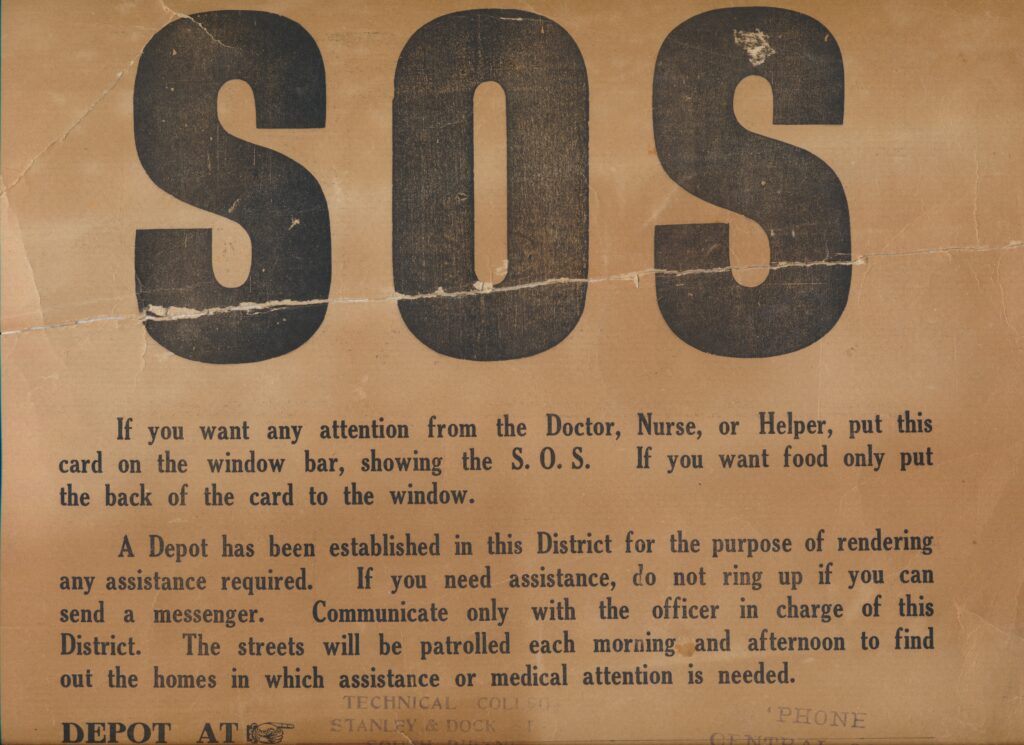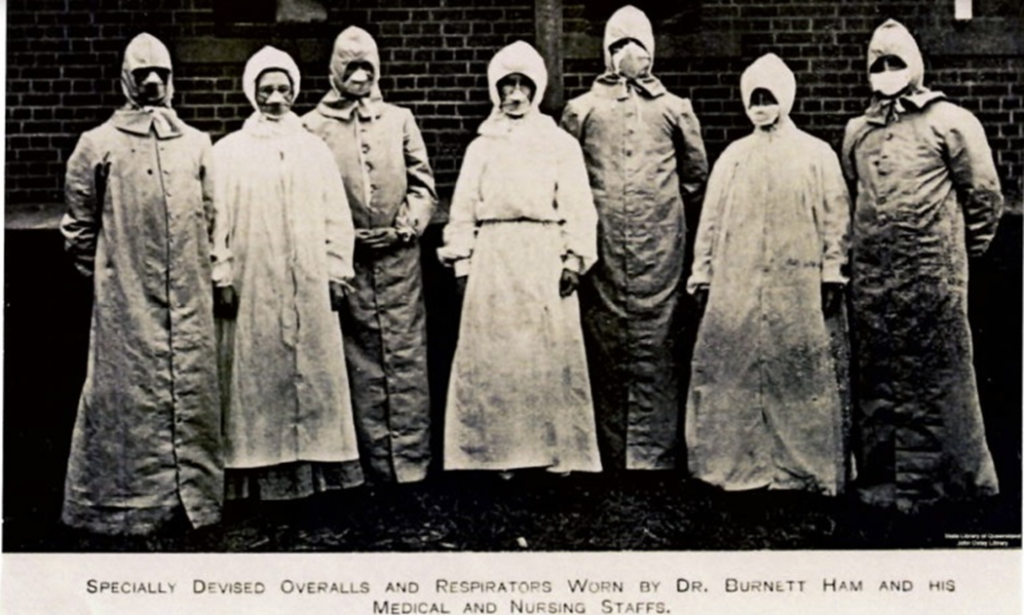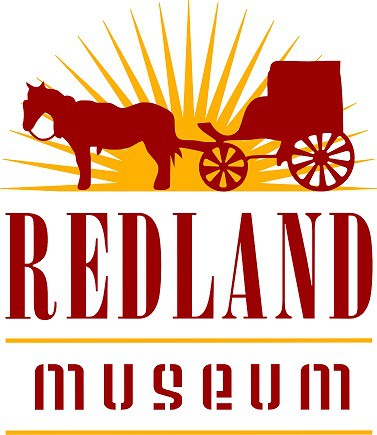
COVID-19 has once again impacted on the management of the Museum and led to the recent postponement of the Australia Day play until 2023. Whilst we have all perhaps grown tired of the pandemic we should remember that this is not the first time that a pandemic or epidemics have threatened or indeed impacted on Queensland and the Redlands. For all the debate about lockdown and vaccination our current rules are certainly not the harshest ever introduced.
It can be argued that the threat of the transmission of diseases into the new colony of Brisbane and the use of the Southern Moreton Bay Area as a maritime quarantine station helped support the establishment and development of the Cleveland area. Brisbane was initially settled as penal colony in 1824, but by 1839 only a handful of prisoners remained and the colony was thrown open to free settlement. All of this of course meant long distance voyages by sea either by prison ship or migrant ship. These of course were small, slow, overcrowded and insanitary, conditions ripe for the development and transmission of diseases of all kinds. This wasn’t a new problem!
The first recorded quarantine station was established in the Venice Lagoon in 1328 and by 1710 the first Quarantine Act had been passed by the British parliament. It was revised in 1825 and remained in force for 60 years, until revised again. It was used as a basis for the Quarantine Act passed in NSW in 1832, meaning of course it was the law for Brisbane prior to separation from NSW, and went on a similar vein within the law until Australia itself was established in 1901.
The “Artemisia, “the first government emigrant ship, arrived in Moreton Bay on 13th December, 1848. The first of the ships carrying immigrants selected by the Rev. J. D. Lang, arrived in Moreton Bay on 20th January, 1849, after a voyage of 123 days. Amongst the 253 immigrants there had been eight deaths, one from typhus fever. Another case of typhus fever occurred and the person died whilst the vessel was in Moreton Bay. The vessel was quarantined on arrival and released on 7th February. Two weeks quarantine after four months on the ocean.
On 15th July, 1849, the Moreton Bay quarantine station was proclaimed at Dunwich, and used nearby islands such as Peel as anchorages, and remained so until 1913-14 when the quarantine station was moved to Lytton at the mouth of the Brisbane River.SOS poster to request help during the Spanish Influenza epidemic
There have been a range of global pandemic threats since Brisbane was settled, from Smallpox, through HIV to COVID, but it was the “Spanish Flu’ at the end of the first world war that was the most devastating around the globe and which led to the first closure of the Queensland – NSW border. It was such a sudden closure that a few people out for the day south of the Tweed didn’t get home for 10 days. At Tenterfield, where the railway gauges changed, there was a quarantine station set-up and when NSW insisted Queenslanders should go home they were put into tent accommodation, which they had to pay for themselves.

Finally, to give perspective, doctors were empowered to detain potential patients, to forcibly vaccinate them, and provide treatment over three days using a pressure chamber.
Redland Museum acknowledges the Quandamooka People, the Traditional Custodians of the land and waters where we work.
We acknowledge their Elders, past and present, and extend that respect to all Aboriginal and Torres Strait Islander Peoples in our Community.

